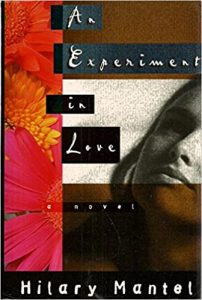Show: Tom Lehrer
Society: West End & Fringe
Venue: Jermyn Street Theatre. 16b Jermyn Street, London
Credits: By Stefan Bednarczyk
Type: Sardines
Author: Susan Elkin
Performence Date: 18/07/2021
Tom Lehrer
Susan Elkin | 18 Jul 2021 20:33pm
CABARET, FOOTPRINTS FESTIVAL
Steeped in G&S all my life and Flanders and Swan for most of it of course I’m also a Tom Lehrer admirer. It’s all in the same tradition after all – biting satire, wonderful wordplay and all wrapped up in accomplished musicianship. But Tom Lehrer, who had a day job as a maths lecturer, is now 93 and hasn’t performed since 1960 simply because he got fed up with doing it, apparently. And his oevre consists of just 37 songs – which he has generously agreed to allow to be performed without hassle by other people. There was a 1980 show Tomfoolery produced by Cameron Mackintosh, for example.
Enter Stefan Bednarczyk, a cabaret artist who discovered these songs when he was a 14 year old church organist (he explains the circumstances to the audience) and has, it seems, been singing them ever since – including coming close to expulsion form school when he substituted Lehrer’s Vatican Rag for Flanders and Swan’s The Gasman at a school concert. Vatican Rag was written to send up the Catholic Church’s attempt to modernise its practices. Even today it is make-you-gasp, hilariously irreverent (“Ave Maria. Gee it’s good to see yer” and Bednarczyk, performing at the piano, as Lehrer always did, has a field day with it.
Another high spot in this 70 minute show which features 23 songs hooked together with short anecdotes is Clementine in which Lehrer, who hated folk songs and thought they’d have been better if written by talented composes, gives us verses in different styles. The Mozart verse had me laughing until tears ran.
Most of these songs are, of course, wittily critical of the American establishment, And Lehrer – a fine musician (as is Bednarczyk) loves to explore different musical genres. Thus we get various subversive takes on love songs, lullabies, opera, military music and much more. I was pleased to hear the Elements song included, though. Satirically neutral it simply lists all the elements to Sullivan’s Major General’s tune – and I think Bednarczyk takes it even faster than Lehrer’s recording.
The extraordinary thing about this entertaining little show is that these songs are 60 years old and yet many of them are still timelessly current. The delightful number about passing on a common cold could have been written for Covid. Pollution (cue for a calypso rhythm) is, if anything, even more apposite than it was 60 years ago and, of course, we’re still worrying which country is developing which weapons … and the USA is still sending in the Marines. It makes you laugh. It also makes you think.
This review was first published by Sardines: https://www.sardinesmagazine.co.uk/review/tom-lehrer/


